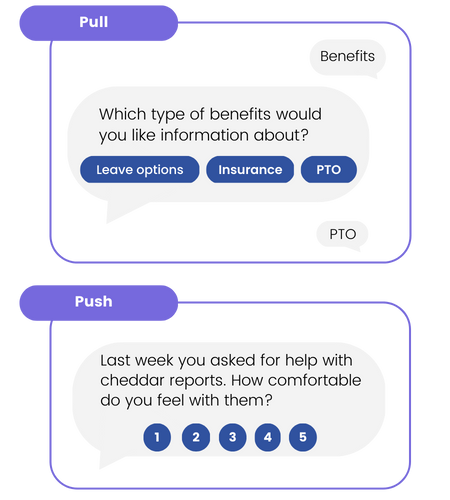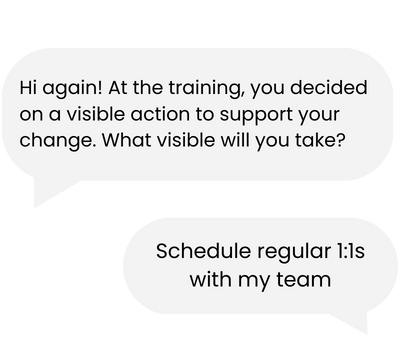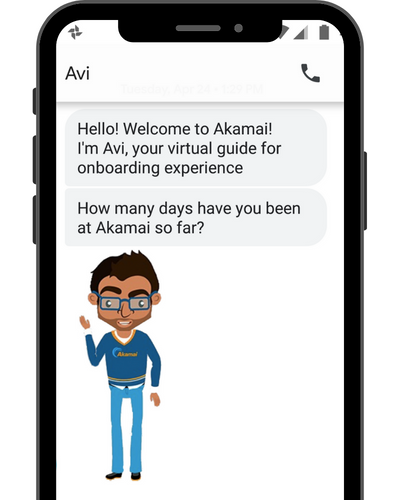Learn how to implement and design three key engagement chatbot use cases. During the 2023 user conference Mobile Coach shared their best practices for design and implementation for performance support, new hire onboarding, and training reinforcement.
A chatbot that is always on and acts as a concierge for workflow learning could indeed be the killer app idea for an engagement chatbot.
With the proliferation of collaboration platforms like Teams and Slack, it is now easier than ever to create a chatbot that is literally just a click away for learners to access the help they need to do their job well.

Training reinforcement is one of the most common use cases for enterprise-wide engagement chatbots. A chatbot is a fantastic way to keep the learning going after a formal training event.
The key of a training reinforcement chatbot is to push important content at the right time to learners so they don’t forget their training and take action. This requires balancing how often to send messages to your learners without it feeling overwhelming or pushy.

Onboarding is a fantastic use case for an engagement chatbot for many reasons. New hires definitely can use all the guidance and help they can get as they ramp up into their new job. But this use case is also powerful because it’s the easiest use case to measure. An effectively designed chatbot for new hires can be measured to see how it impacts employee turnover and speed to proficiency.

Learn how Mobile Coach’s chatbot platform will help you drive real engagement with your audience to achieve the key behaviors and results you want.